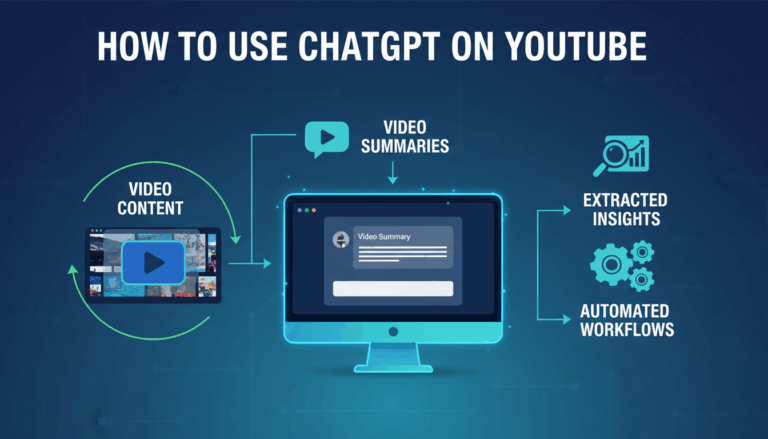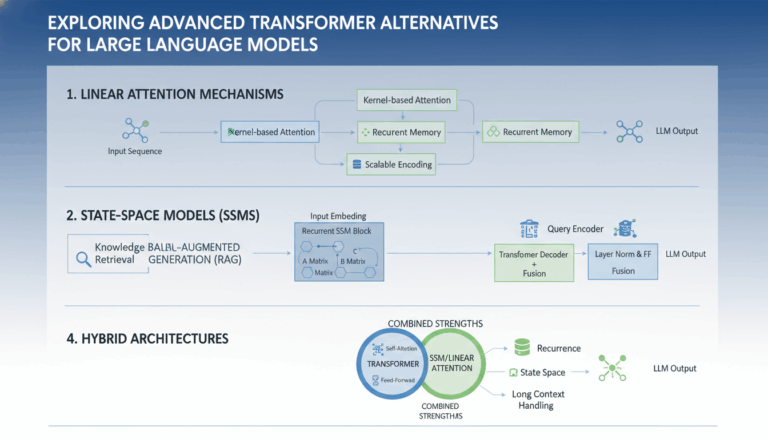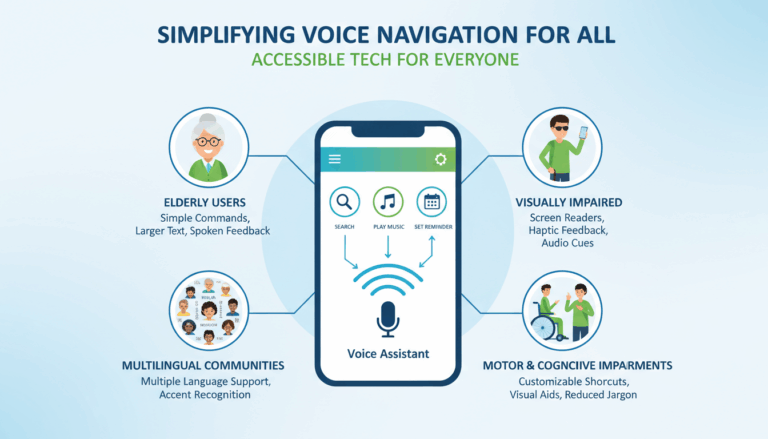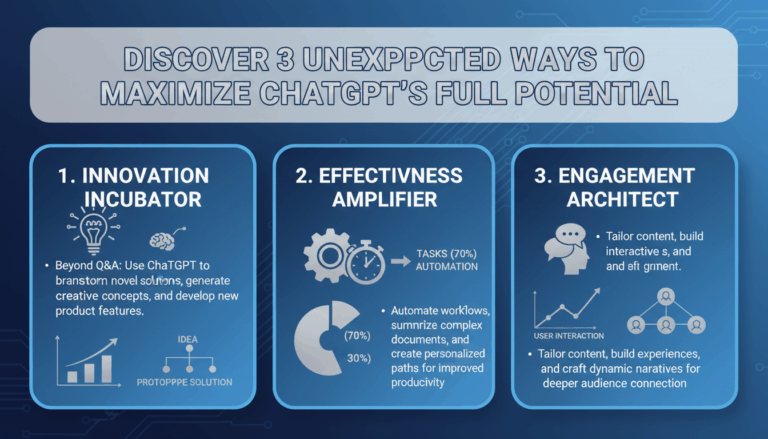The landscape of large language models (LLMs) is evolving rapidly, with these AI systems powering everything from chatbots to advanced research tools. However, one challenge has persisted: hallucinations. In AI, hallucinations refer to instances where an LLM generates information that may sound plausible but is factually incorrect or entirely made up. In this part of our series, we’ll explore how leveraging external tools and resources can greatly reduce hallucinations, making LLM-generated content more reliable, trustworthy, and useful.
Understanding Hallucinations in LLMs
LLMs like GPT-4 and others are trained on vast corpora of text. While this allows them to generate coherent and contextually relevant content, they sometimes “hallucinate”—producing responses that are ungrounded in factual data. This challenge has been well-documented by Harvard Data Science Review and is especially concerning when LLMs are used in professional or educational settings.
Why Do Hallucinations Occur?
The root cause of hallucinations lies in the predictive nature of LLM architectures. Models generate the next word (or phrase) based on patterns from their training data but without real-time knowledge or direct fact-checking. When asked about something outside their training set or about recent events, they may invent plausible-sounding details, leading to hallucinations.
Enter Tools: Enhancing LLM Reliability
One promising solution is to allow LLMs to use tools. Tools can serve as extensions that provide access to real-time facts, execute complex calculations, or retrieve up-to-date data from reliable, external sources. This approach, detailed in research by leading experts at Microsoft Research, is transforming the accuracy and trustworthiness of LLM outputs.
Common Types of Tools Used
- Search Engines: Allow the model to look up the latest news, publications, or factual information. For example, LLMs can reference Google Scholar for academic literature or reputable news outlets.
- Databases & APIs: Connect LLMs to medical, legal, or scientific databases for accurate, domain-specific answers. The PubMed API for medical literature is a prime example.
- Calculators & Code Runners: Allow the LLM to perform precise calculations or execute code when answering technical or mathematical queries (see open-source tools on OpenAI’s Cookbook).
- Retrieval-Augmented Generation (RAG): Systems that combine LLMs with document retrieval to summarize and answer questions based on up-to-date, relevant content. This approach, discussed by DeepMind, can significantly reduce hallucinations.
Step-by-Step: How Tools Reduce Hallucinations
- Question Recognition: The LLM determines whether it needs additional, up-to-date, or precise information to answer a user’s question.
- Tool Invocation: The model triggers the appropriate tool, such as a search query, database lookup, or a computation.
- Information Retrieval: The tool fetches the required data (e.g., real-time statistics, published papers, financial reports).
- Content Generation: The LLM uses the retrieved, verified information to generate a response, grounding its output in reality.
- Verification: Some advanced systems even cross-check answers with multiple sources to further minimize the risk of hallucination.
Example: Fact-Checking Medical Advice
Suppose a user asks an LLM, “What are the latest guidelines for treating hypertension?” Rather than generating an answer based solely on older training data, the LLM can now:
- Search CDC guidelines or American Heart Association updates.
- Quote relevant sections from up-to-date recommendations, providing links for further reading.
- Highlight any recent changes in treatment protocols, citing authoritative sources.
This grounded approach minimizes hallucinations and offers readers actionable, reliable information.
Best Practices for Tool-Augmented LLMs
- Use Reputable Sources: Ensure connections are made to trustworthy sites, academic journals, or APIs—not unverified web content.
- Transparency: Encourage models to cite sources directly, allowing users to trace and verify claims (see this research paper for more).
- Continuous Monitoring: Regularly test LLM outputs for accuracy and update the model’s toolset as new, more reliable plugins or APIs become available.
Conclusion
The integration of external tools with LLMs is a breakthrough in reducing hallucinations and building AI systems that are dependable and safe for real-world applications. As research continues, expect even more robust, fact-checked language models—pushing the boundaries of what AI can accomplish in science, business, and beyond.
Stay tuned for the next installment in our LLMs Explained series!



